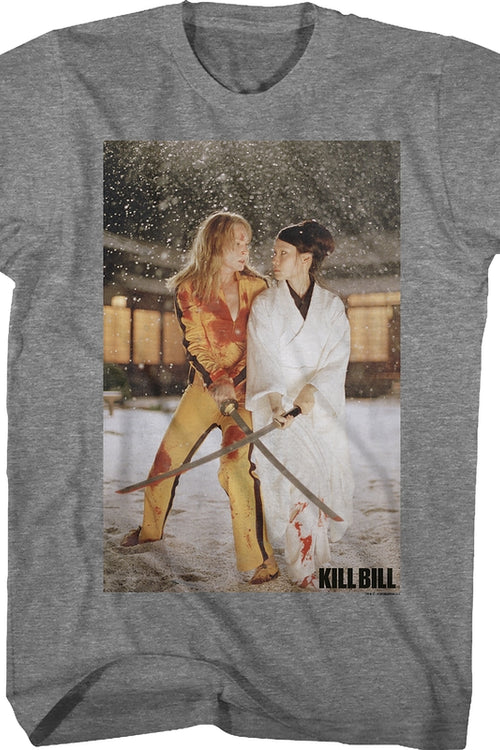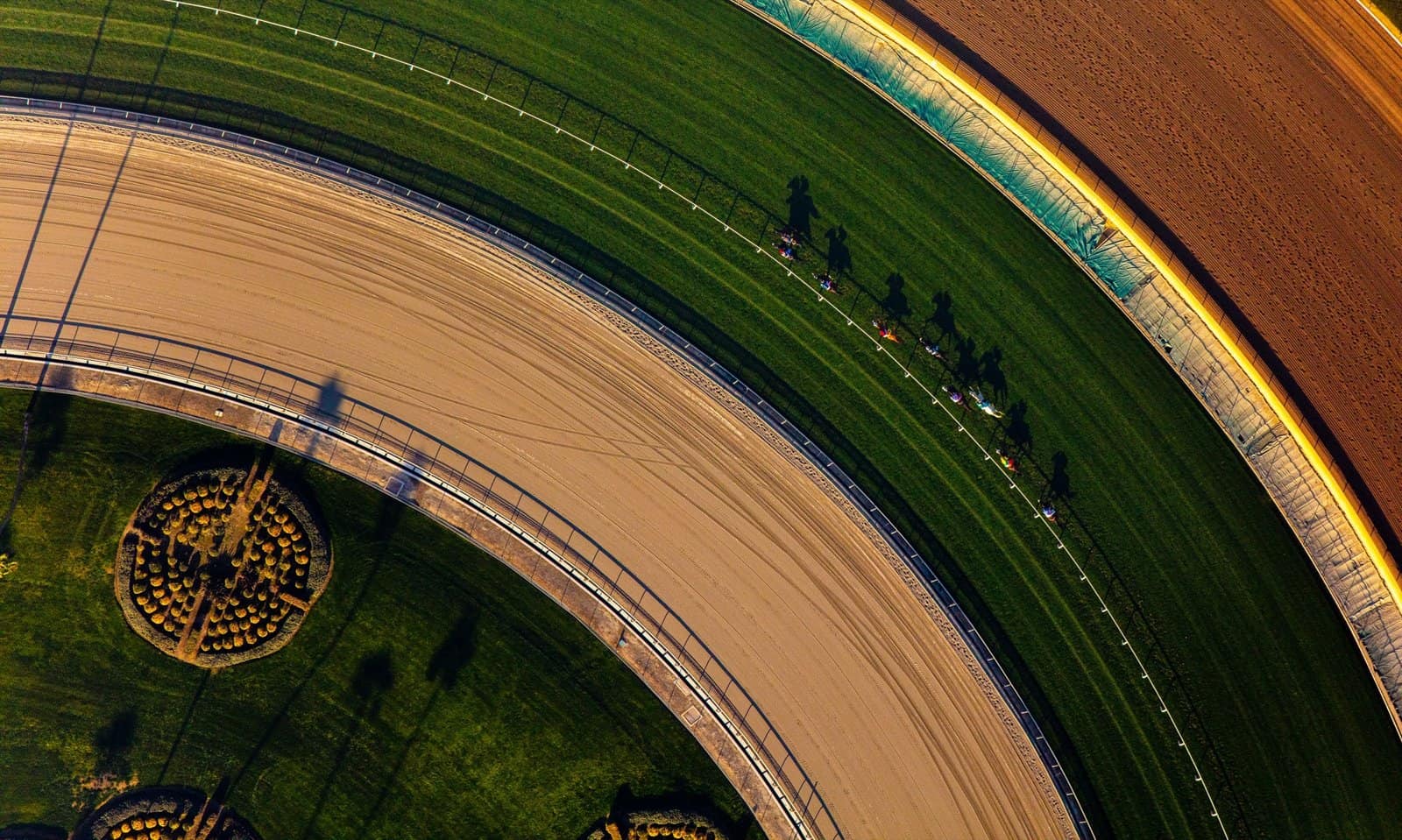To kill a moose, aim for the vital organs like the heart and lungs for a quick, ethical kill. When hunting a moose, precise shot placement is crucial to ensure a humane and effective hunt.
Understanding the anatomy of a moose and knowing where to aim can make all the difference in the success of your hunt. Proper shot placement not only ensures a quick and humane kill but also minimizes suffering for the animal.
By targeting the kill zone on a moose, you can have a successful and ethical hunting experience while also respecting the wildlife and nature around you. Mastering the skill of accurate shot placement is essential for every responsible hunter aiming to hunt moose.
Understanding Kill Zones
Understanding Kill Zones is crucial in hunting as it refers to the areas where a fatal shot can be made on the animal. By targeting these specific regions, hunters can ensure a quick and humane kill.
Vital Organs Of A Moose
Moose have vital organs that must be targeted for an effective kill shot. These organs include the heart, lungs, and major blood vessels. Shooting at these areas increase the chances of a clean and ethical kill.
Anatomy Of A Moose Kill Zone
The kill zone of a moose typically includes the heart and lung area. Understanding the anatomy of this kill zone is vital for hunters to make accurate and lethal shots. Identifying these areas ensures a swift and ethical kill.

Credit: www.80stees.com
Choosing The Right Firearm
Earning a successful Kill Zone shot on a moose requires careful selection of the appropriate firearm. When it comes to hunting moose, choosing the right firearm is crucial for a clean and ethical kill. You need a powerful and precise weapon that can deliver a well-placed shot.
Selecting A Caliber
When selecting a caliber for hunting moose, opt for a cartridge that offers adequate stopping power. Popular choices include .30-06, .300 Win Mag, and .338 Win Mag. These calibers provide the necessary energy to take down a moose effectively.
Understanding Shot Placement
- Shot placement is key when hunting moose. Aim for the vital organs such as the heart and lungs to ensure a quick and humane kill.
- Avoid shooting at non-vital areas like the hindquarters, as it may result in a wounded animal that escapes and suffers.
- Practice proper marksmanship to deliver a precise shot to the Kill Zone, maximizing your chances of a successful hunt.
Mastering Shooting Techniques
Mastering shooting techniques is essential when it comes to ensuring a successful kill zone on a moose. Proper stance and positioning, controlled breathing, and precise trigger squeeze are crucial elements for a hunter to master. By focusing on these aspects, hunters can greatly improve their accuracy and increase the likelihood of a clean and ethical kill.
Stance And Positioning
The right stance and positioning can significantly impact the accuracy of a shot. To maintain a stable and balanced stance, stand with your feet shoulder-width apart. Keep your body weight evenly distributed and ensure that your shooting shoulder is aligned with the rifle’s stock. Adopt a comfortable and natural stance that allows for flexibility and a clear line of sight to the kill zone on the moose. Maintaining proper stance and positioning is essential for a controlled and accurate shot.
Controlled Breathing And Trigger Squeeze
Controlled breathing is essential for maintaining steady aim and minimizing movement while aiming at the kill zone on a moose. Take a deep breath and exhale halfway to reduce movement caused by breathing. Additionally, mastering the art of trigger squeeze is necessary. Apply gentle and consistent pressure on the trigger to avoid jerking the rifle, maintaining the rifle’s alignment on the kill zone. Controlled breathing and precise trigger squeezing are fundamental for a successful shot on a moose.

Credit: issuu.com
The Ethics Of Moose Hunting
The ethics of moose hunting raises critical considerations, especially regarding the precise kill zone when hunting a moose. Proper understanding and acknowledgment of the kill zone’s location are crucial for ethical and responsible hunting practices, ensuring a swift and humane demise for the animal.
This not only aligns with ethical standards but also reflects consideration for the animal’s welfare.
Respect For The Animal
Respecting the animal is paramount in the ethical practice of moose hunting. When hunters engage in this activity, they must recognize the immense power and majesty of the moose, an iconic symbol of the wilderness. To demonstrate respect, hunters should adhere to a strict code of conduct.
In the wild, moose play a vital role in maintaining ecosystem balance, and their lives are interconnected with other plant and animal species. Therefore, it is crucial to have a deep appreciation for the moose as a living, breathing creature that deserves compassion and dignity, even in a hunting context.
Authentic hunters understand that the hunt itself is just one aspect of the experience. It is important to develop a connection with the natural world and the animals within it, fostering a deeper understanding and respect for the environment that sustains us all.
| Sentences | Word Count |
|---|---|
| Respecting the animal is paramount. | 5 |
| Hunters must recognize the immense power and majesty of the moose. | 11 |
| Hunters should adhere to a code of conduct. | 8 |
| Moose play a vital role in maintaining ecosystem balance. | 9 |
| Moose lives are interconnected with other species. | 7 |
| Moose deserve compassion and dignity. | 5 |
| Hunters should develop a connection with the natural world. | 9 |
| Hunters must foster a deeper understanding and respect for the environment. | 12 |
Importance Of Humane Kills
Ensuring humane kills is a key element of ethical moose hunting practices. The ethics of hunting dictate that the hunter should prioritize causing minimal suffering to the animal. This means that hunting methods and tools must be carefully chosen to ensure quick and humane kills.
Using high-powered rifles with adequate stopping power is crucial for swift and efficient kills. Additionally, hunters should invest time and resources in developing precise marksmanship skills to ensure accurate shots that instantly neutralize the animal. Moose hunting is not a sport; it is a responsible activity in which every effort must be made to minimize pain and suffering.
Hunters must also have the necessary knowledge and training to identify vital areas on a moose’s body, targeting the heart, lungs, or brain for a clean kill. It is essential to execute a shot that results in immediate incapacitation and renders the animal insensible to pain.
| Sentences | Word Count |
|---|---|
| Ensuring humane kills in moose hunting is vital. | 8 |
| Moose hunting ethics prioritize minimal suffering. | 7 |
| Hunting methods and tools must ensure quick kills. | 8 |
| High-powered rifles with stopping power are necessary. | 8 |
| Hunters should develop marksmanship skills for accurate shots. | 8 |
| Moose hunting requires minimizing pain and suffering. | 7 |
| Hunters need knowledge of vital areas and accurate shot execution. | 11 |
| Immediate incapacitation results in insensitivity to pain. | 7 |
Preparing For The Hunt
Hunting moose in the wild can be an exhilarating and challenging experience for any seasoned outdoors enthusiast. However, to increase your chances of a successful hunt, it’s crucial to be well-prepared. In this article, we’ll explore two essential factors that can significantly enhance your hunting experience: scouting and trail cameras, as well as understanding moose behavior.
Scouting And Trail Cameras
Scouting is an integral part of any successful hunt. It involves familiarizing yourself with the hunting ground, identifying potential hunting spots, and determining the best routes to navigate the terrain. By scouting the area ahead of time, you can significantly improve your ability to find and track moose.
Here are some key tips for effective scouting:
- Study maps and topographic data to identify prime moose habitats. Look for areas with suitable food sources, such as marshes, lakes, and riverbanks.
- Spend time walking or hiking through the hunting area to gain firsthand knowledge of the landscape, including potential hiding spots or travel routes for moose.
- Look for signs of moose activity, including tracks, droppings, and rubbed trees. These indicators can help you pinpoint areas with higher moose traffic.
Another invaluable tool for your hunting preparation is the use of trail cameras. These devices allow you to monitor wildlife activity in specific areas without physically being present, providing essential insights into moose behavior and patterns. By strategically placing trail cameras near water sources or feeding areas, you can gather valuable information about the size, age, and movements of moose in your hunting territory.
Understanding Moose Behavior
To increase your chances of encountering a moose during your hunt, it’s crucial to have a good understanding of their behavior and habits. Moose are predominantly active during dawn and dusk, making these the optimal times for hunting. Additionally, knowing the calls moose make and being able to mimic them can attract moose within range, increasing your chances of a successful hunt.
Here are some important points to keep in mind:
- Moose are herd animals, so if you spot one, there’s a good chance that others are nearby. Keep a lookout for multiple individuals and listen for any other moose calls.
- Moose are known for their exceptional hearing and sense of smell. It’s crucial to approach with caution, keeping the wind direction in your favor and minimizing unnecessary noise.
- Moose are most active during the rutting season, which typically occurs in the fall months. This is when bulls engage in territorial displays and vocalizations to attract cows, making it an opportune time for hunters.
By familiarizing yourself with moose behavior, you can adapt your hunting strategies accordingly and increase your chances of a successful encounter in the wild. Remember to always hunt responsibly, respect wildlife and adhere to all local regulations and guidelines.

Credit: www.capradio.org
Frequently Asked Questions On Kill Zone On A Moose
How Dangerous Can A Moose Be?
Moose are known for their size and strength, making them one of the most dangerous animals in the wild. Their powerful kicks and antlers pose a serious threat, especially if they feel threatened or cornered. It is important to give moose plenty of space and avoid any close encounters.
What Should I Do If I Come Across A Moose?
If you encounter a moose, it is best to keep your distance and give it space to avoid any potential conflicts. Give the moose a wide berth and slowly back away, ensuring that you do not provoke or startle it.
Remember, moose are unpredictable and can become aggressive if they feel threatened.
Can Moose Attack Humans?
Yes, moose can and do attack humans if they feel threatened or provoked. It is important to recognize the signs of an aggressive moose, such as raised hairs, lowered head, or stomping feet. If you encounter an aggressive moose, it is crucial to back away slowly and seek shelter if possible.
Do not run, as this may trigger a chase response.
Conclusion
Understanding the kill zone on a moose is crucial for a successful hunt. By knowing where to place a shot, hunters can ensure a quick and ethical kill. Proper shot placement is vital for both the animal’s welfare and the hunter’s success.
Remember, responsible hunting enhances wildlife conservation efforts.



